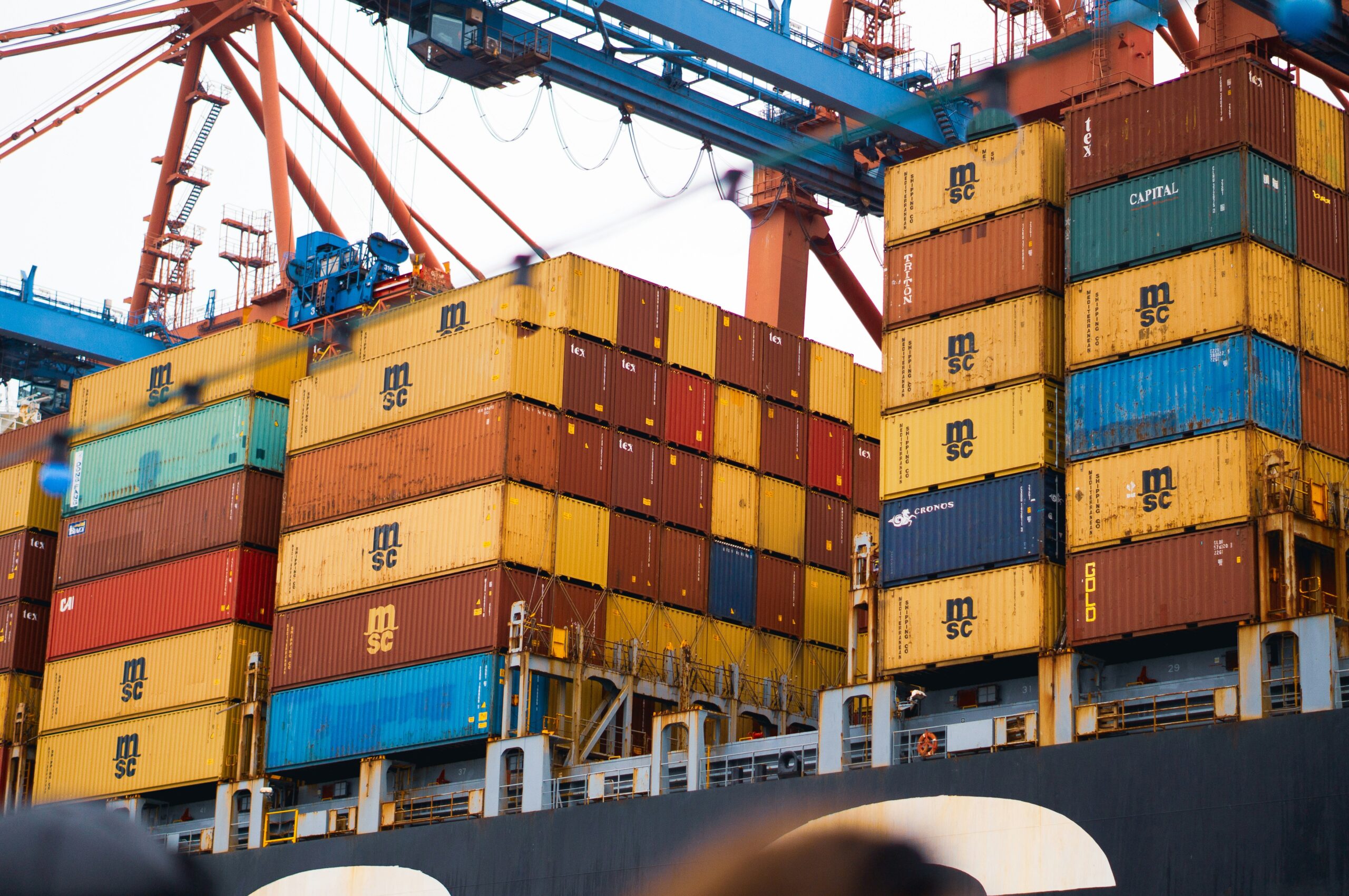On the customs value of the majority of imported items, customs duties are assessed at rates ranging from 0% to 50%. Because Capo Verde imports the majority of the products it uses, certain domestically made commodities are protected by a 50% tax. It is possible to import raw materials or capital products for free or at a reduced cost. Ad-valorem calculations, or percentages of the value of the imported products, are the norm for import duties calculations. Along with the aforementioned taxes, imported goods are additionally subject to a value-added tax and a special consumption tax that only applies to certain items. For a better understanding of the tariffs that apply to particular commodities, one should examine the customs schedule at the General Directorate of Customs. The Economic Community of West African States includes Cape Verde (ECOWAS). In 1991, a system of 10 ad valorem rates with ranges of 5% to 50% was established for import duties. A 7% customs tax and a 5–60% consumption tax on luxuries are also in place. Import limits were supposed to be eliminated by the government in 1999.

Types of import taxes in Cape Verde
The list of import taxes that the nation charges is as follows:
Fundamental customs duty (BCD)
This is the fundamental import tax, as the name would imply. The percentage of the duty varies from 0% to 100%. The government may impose a zero percent tariff on specific commodities to exempt them from BCD (such as Covid-19 vaccinations and life-saving medications, for example). If imported by a free trade agreement, imports may also be subject to a reduced or zero percent BCD rate.
Countervailing duty (CVD)
The levy on items that have received government subsidies and/or tax advantages in the nation of manufacture is known as Additional Customs Duty. The CVD makes sure that cheaper imports do not put local products at a disadvantage. In Cape Verde, there are three different rates for CVD assessments: 0, 6, and 12 percent.
Antidumping taxes (ADD)
This is a tax levied on imports of items that are bought for a lot less than they would sell for on the open market. Dumping may be used by exporting nations to achieve unfair competitive advantage or to get rid of excess inventories. The ADD is used by importing nations to shield their domestic industries from an influx of cheap imports. To safeguard domestic producers, Cape Verde imposed an ADD in April on many chemical imports from the European Union, Saudi Arabia, the United Arab Emirates, and Chinese Taipei. The dumping margin, or the difference between the product’s usual price and the price at which it is imported, is defined by cape Verdean legislation as the maximum amount of ADD that can be levied.
Social welfare surcharge
The government of Cape Verde implemented the Social Welfare Surcharge (SWS) in 2018 to pay for social welfare initiatives in the areas of health, education, and social security. It takes the place of the old education levy and the secondary and higher education levy that was levied on imported goods. SWS is not attracted by goods free from the education cess. A 10% social welfare surcharge is added to the total amount of imposed tariffs and cesses.
Safeguard duty
A safeguard tariff is imposed by Cape Verde Customs on products whose rising import volumes are thought to pose a risk to local manufacturers. For instance, a safeguard duty is now applied to solar cell imports from China. This obligation’s goal is to temporarily relieve the local economy of its burden. The government announces the tariff rate, which is often determined based on the possible losses experienced by local industries.
How are customs duty rates determined
Every import is subject to duty, and many factors affect the cost. Basic customs duty is the first tax assessed. It is assessed as an ad valorem fee or at a set rate on the unit. There is a 10% social welfare surcharge added to the cost of items.
IGST, which is based on several variables including BCD, the social welfare surcharge, and the total value, is imposed. Even anti-dumping duty is imposed on select goods.
The government may also impose a safeguard obligation to defend the homegrown industry against any danger. Finally, 1% of the customs handling fee will be added to every import.
Ad-valorem calculations, or percentages of the value of the imported products, are the norm for import duties calculations. Along with the aforementioned taxes, imported goods are additionally subject to a value-added tax and a special consumption tax that only applies to certain items. For a better understanding of the tariffs that apply to particular commodities, one should examine the customs schedule at the General Directorate of Customs.
Imports from Portugal ($447M), the Netherlands ($144M), Spain ($102M), China ($81.5M), and Italy ($74.3M) account for the majority of Cape Verde’s imports of refined petroleum ($320M), delivery trucks ($52.9M), cars ($24.8M), railway cargo containers ($23.2M), and cement ($23.1M).



